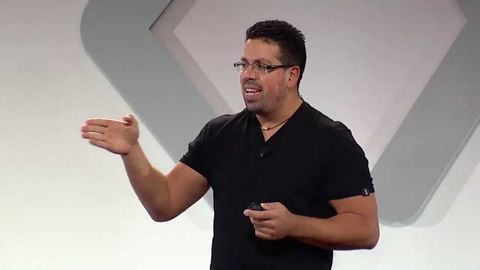Xを解く - Ido Bachelet - 外科用ナノロボティクス (Solve for X - Ido Bachelet - Surgical Nanorobotics)
richardwang が 2021 年 01 月 14 日 に投稿  この条件に一致する単語はありません
この条件に一致する単語はありませんUS /spɪˈsɪfɪk/
・
UK /spəˈsɪfɪk/
US /ˈbesɪkəli,-kli/
・
UK /ˈbeɪsɪkli/
- n.落下距離;落下;減少;滴 : 一滴
- v.t.(途中で)降ろす;落とす;やめる;減らす;立ち寄る;下げる
- v.i.倒れる
US /ˌkɑmbəˈneʃən/
・
UK /ˌkɒmbɪ'neɪʃn/
- n.コンビネーションロック;組み合わせ;組み合わせ;組み合わせ;結合
エネルギーを使用
すべての単語を解除
発音・解説・フィルター機能を解除

